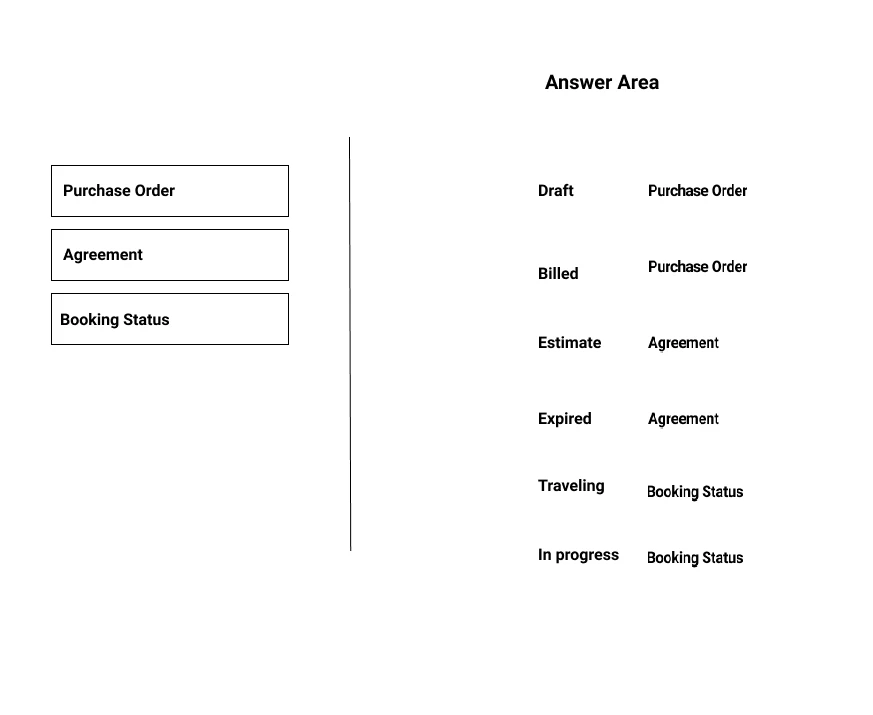After you answer a question in this section, you will NOT be able to return to it. As a result, these questions will not appear in the review screen.
You are a Dynamics 365 for Field Service system administrator.
You are configuring a new instance of Dynamics 365 for Field Service. The organization needs to automatically generate work orders based on agreements, and send invoices on a recurring basis by customer.
Solution: You implement the following configuration changes.
1) Create Agreement
2) Define Booking Setup
3) Set Booking Recurrence
4) Create Invoice Setup
5) Define Invoice Recurrence
Does this meet the goal?
To automatically generate work orders based on agreements in Dynamics 365 for Field Service, it is crucial to ensure that the agreement is active and that the auto-generate work order option is set to 'Yes' during the Booking Setup stage. The provided solution does not explicitly mention setting the auto-generate work order option or activating the agreement, so it does not fully meet the goal.
You install Connected Field Service and set up Azure IoT Central, but it seems no alerts are being received in Dynamics 365 for the devices.
You need to find the issue and resolve it.
Which action should you choose?
To ensure that alerts from Azure IoT Central are received in Dynamics 365, you need to configure the 'Create CFS alerts from IoT Central Workflow' within Dynamics 365. This workflow is crucial for establishing the necessary communication between IoT Central and the Dynamics 365 system, enabling the system to process incoming alerts and take appropriate actions based on those alerts.
You install and configure Connected Field Service with Azure IoT Central. Several of your connected devices sent alerts back to Dynamics 365 and work orders were created. However, the work orders were not sent back to Azure IoT Central.
You need to resolve the issue.
Which Action should you take to resolve the issue?
To resolve the issue of work orders not being sent back to Azure IoT Central, you should configure the Microsoft Flow 'When a work order is created in Connected Field Service, update IoT Central'. This action ensures that the system automatically updates IoT Central whenever a new work order is created in Dynamics 365, maintaining synchronization between the two systems.
One of your Dynamics 365 customers wants to decrease the number of repair appointments by sending fewer technicians onsite.
You need to provide a recommendation of which solution your customer should use to achieve their request.
What should you recommend?
Connected Field Service is designed to leverage IoT (Internet of Things) capabilities to monitor and manage equipment remotely. By using IoT sensors, it can detect and diagnose issues before they become critical, often resolving problems remotely without needing to dispatch technicians. This functionality aligns with the customer's request to decrease the number of repair appointments by sending fewer technicians onsite.
You are a field service administrator for your company.
You review the Field Service administrator guide to understand how the status fields can support your company's business processes.
Which unique entity system status value matches with its Entity Type? To answer, drag the appropriate unique entity system status values to the appropriate
Entity Type. Each unique entity system status value may be used once, more than once, or not at all. You may need to drag the split bar between panes or scroll to view the content.
NOTE: Each correct selection is worth one point.
Select and Place:

